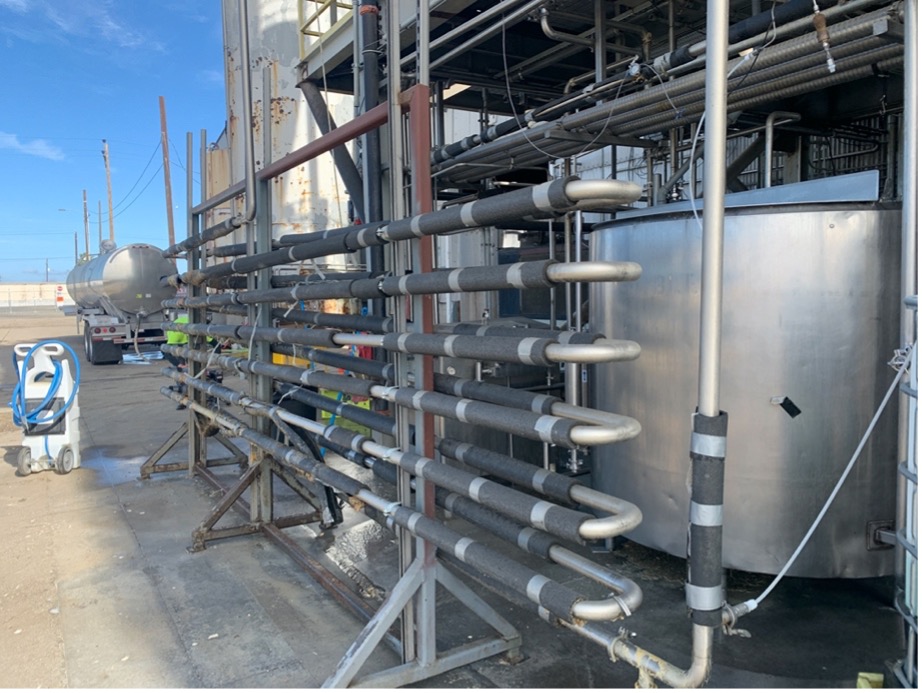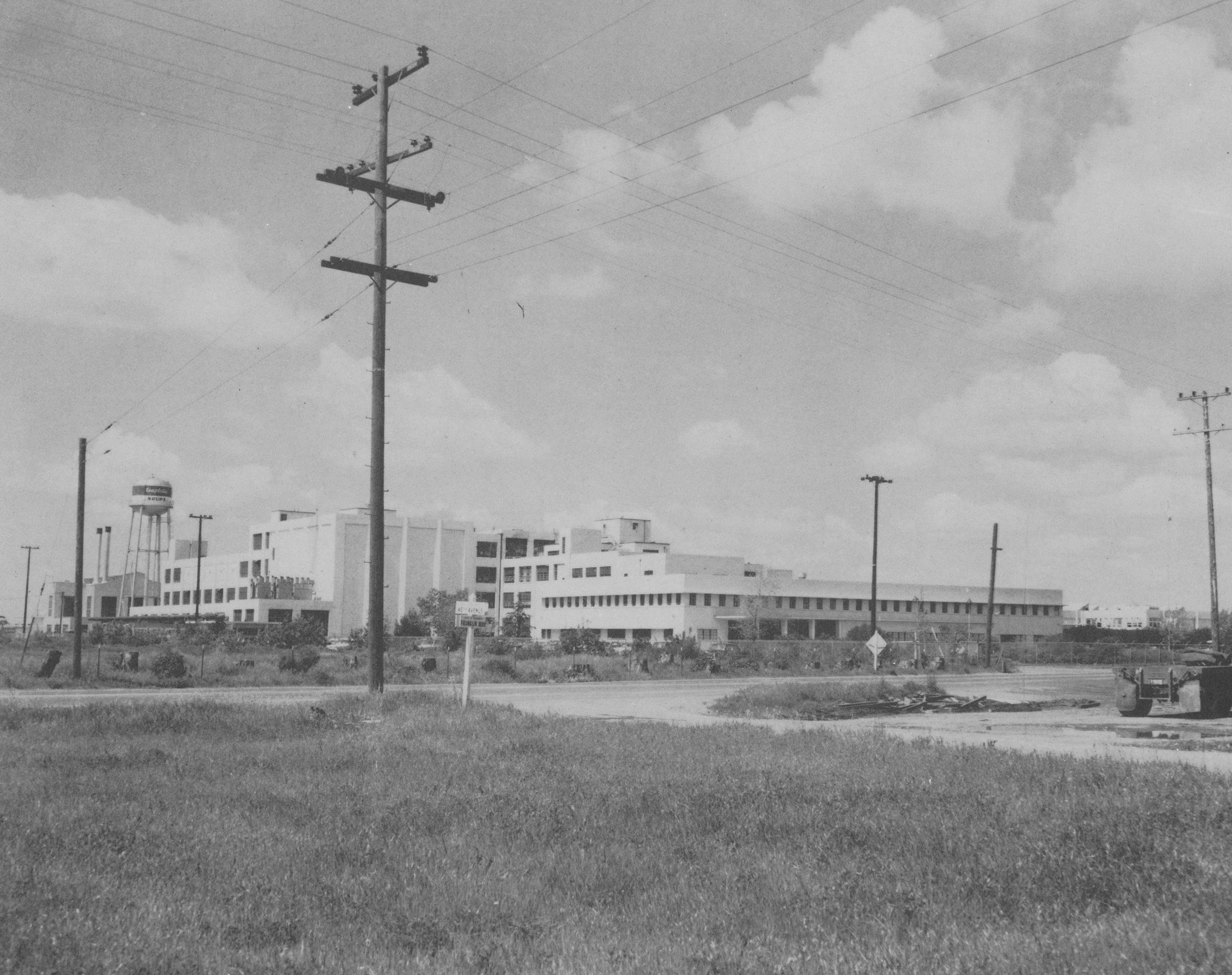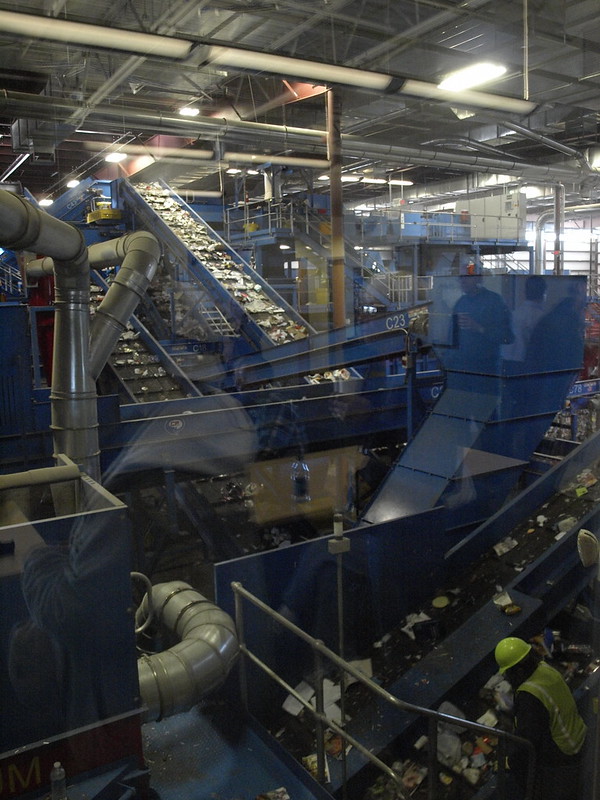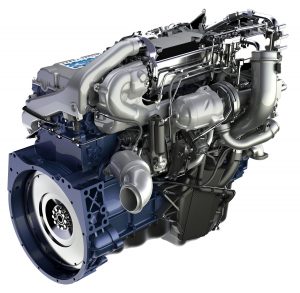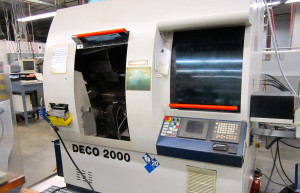
For instance, many CNC machines can be used in a variety of different applications; this results in a sizable market place nationally and internationally, which often translates into higher value overall, depending upon the definition of value used for a particular equipment appraisal. Other CNC machines, however, are relatively unique resulting in a reduced marketplace and possibly lower value, again depending on the definition of value used. Non-CNC machinery used for similar applications may also have a wide market place, but it generally does not have as high a value as CNC machines.
An integral part of any machine tool, whether CNC or not, is the tooling that goes with it. Tooling is defined as working or manufacturing aids such as cutting tools, dies, fixtures, gauges, jigs, molds, and patterns of a specialized nature which are limited in use to a specific production line or the performance of a specific contract or job. CNC equipment often has a large amount of tooling associated with it; we generally value the tooling as part of the equipment rather than separately, although of course, that may also depend upon the reason for the appraisal, the definition of value desired, and the transferability of the tooling in question.
CNC machines, also known as CNC machining centers, are somewhat interchangeable in that they can produce the same workpiece on different machines depending upon the diameter of the bar stock. Many CNC machining centers are also designed with multiple axes that enable the user to efficiently mass produce identical outputs with extreme precision. These machines are capable of doing many different operations on one workpiece and many can produce exactly the same part within four millionths of an inch tolerance.
In this blog I’m primarily going to be discussing bar feed CNC machines. Bar feed CNC machining centers are able to perform multiple operations on one workpiece (milling, drilling, shaping, etc.) depending upon the number of axes the machine has and the tooling that has been installed on the machine. And if the machine has a sub-spindle, as some of these do, even more operations can be performed on one workpiece while it is on the main spindle. In addition, all bar feed CNC centers can be accessorized with a bar loader attachment. With a bar loader, the machine can be loaded with bar stock so that the machine’s program can run for a long period of time (all weekend for example) without operator assistance.
But what exactly does a CNC machine do? In operation, a CNC machine takes a piece of steel bar stock, feeds it to exactly the place it needs to be, performs the programmed operations with the tooling installed on the machine, cuts the finished workpiece off, removes it from the machine, and then measures out another section on the same bar stock and repeats the process to create another identical workpiece. If the machine has a bar loader, it automatically retrieves a new piece of bar stock from the bar loader when the current bar is used up and the process begins all over again. Really astounding.
As you might imagine, however, all the drilling, milling and shaping involved in the process of the CNC machine’s production creates a great deal of friction and debris, which could damage not only the workpiece, but also the machine, if not managed. Damage could be done by heat (created by friction) in two ways: heat can cause the metal of the workpiece to expand — unacceptable when working with four millionths of an inch tolerance — and heat can break down the lubricants used in the process, making them less effective. Damage could also be done by loose debris — including chips or curls that in some cases are bigger than the part being made.
To manage debris and friction-created heat during workpiece processing, the CNC machine is programmed to apply lubricant at the appropriate time and location and with the appropriate flow. Lubricants are sprayed across the workpiece during the production process, cooling the entire process and collecting debris. Debris and used lubricant is then moved to a holding tank where lubricant is filtered and cooled in the chiller. Debris is moved from the filter area to a separate location by the CNC machine’s chip conveyor, and the cleaned and cooled lubricant is re-used during workpiece production according to the CNC programming.
There are some very cool videos on you-tube demonstrating this process; I’ve pinned a few on my manufacturing Pinterest board, but I gotta say, it’s especially fascinating to see a CNC machine in operation during an equipment appraisal inspection.
Jack Young, ASA, CPA
CNC machining equipment appraiser
NorCal Valuation Inc.

